Chromebooks are budget laptops that are both odd and brilliant, low-impact and potent.
Running Google’s Chrome OS rather than Windows, they focus on what computing has been all about since the late ’90s, the web browser.
With low-impact processors and barely HD screens starting at 1366 x 768 resolution, most of these machines are also designed to last. Almost every Chromebook claims between 7 and 9 hours of battery life and comes within a few hours of that range, based on our testing. If you’re unclear what specs you should be on the lookout for when purchasing a Chromebook, we’ve developed a nifty little cheat sheet for you.
Prices will start to climb above the budget range, as is the case with the new Chromebook Pixel 2 ($999, £670, AU$1,320), a laptop whose specs put it in direct competition with the new MacBook, especially in the classroom, where Chromebooks are gaining significant market share. Despite the expanding Chromebook market, there should always be something within your spending limit.
At that point, it all comes down to size (and price), with Chromebooks available as small as 11.6 inches and as large as 14 inches. Always updated, here are our top-ranking Chromebook reviews…
\ABS\Auto Blog Samurai\data\gregorylnewton\Techradar\)
The end all, be all of Chromebooks.
CPU: 2.2GHz Intel Core i5-5200U (dual-core, 3MB cache, up to 2.7GHz with turbo boost) | Graphics: Intel HD Graphics 5500 | RAM: 8GB DDR3 | Screen: 12.85-inch 2,560 x 1,700 IPS touchscreen display | Storage: 32GB SSD | Optical drive: none | Connectivity: Intel Dual Band Wireless-AC 7260; Bluetooth 4.0 LE | Camera: 720p HD wide angle camera with blue glass | Weight: 3.3 pounds Dimensions: 11.7 x 8.8 x 0.6 inches (W x D x H)
Outfitted with a Core i5 processor, USB 3.1 (and USB-C) ports, a high-resolution screen, and more RAM than it will ever need, the Chromebook pixel sets a high bar for Chrome OS machines for years to come.
Power and performance aside, the Pixel is one of the few Chromebooks that feels like it has itself completely figured out. The build quality of this machine is exquisite and the design has been engineered down to a science. What’s more, its vivid screen – plus the impeccable keyboard and trackpad – all help to round out the Pixel as one excellent, premium package.
It’s impossible not to get hung up on the Pixel’s high price. For the same amount of money, you could buy two or even three Chromebooks or a decent Windows laptop. So before you we suggest you consider all the much more affordable options out there before investing so much money into this machine.
Read the full review: Google Chromebook Pixel 2
\ABS\Auto Blog Samurai\data\gregorylnewton\Techradar\)
CPU: 2.2GHz Intel Core i5-5200 dual-core processor | Graphics: Intel HD 5500 Graphics with shared memory | RAM: 4 GB, DDR3L SDRAM | Screen: 15.6-inch full HD (1,920 x 1,080) | Storage: 32GB SSD | Optical drive: none | Connectivity: 802.11a/b/g/n/ac Wi-Fi | Camera: 720p HD webcam |Weight: 4.85 pounds Dimensions: 1.0 x 15.1 x 10.1 inches (H x W x D)
If you’re considering the Acer Chromebook 15 C910 ($499.99, £249, AU$620) for your next laptop, then you’d better have big ideas. Compared to most other Chromebooks, the C910 has a bigger screen, bigger processing power and it comes with a bigger price tag.
It takes this series of laptops to two new places, as the first with a 15.6-inch screen and the first packing a fifth-generation Broadwell processor.
Specifically geared toward students and teachers – thanks to its rugged design and gorgeous visuals – the C910 is perfectly suitable for any consumer who doesn’t mind lugging around a few extra pounds and inches.
Read the full review: Acer Chromebook 15 C910
\ABS\Auto Blog Samurai\data\gregorylnewton\Techradar\)
Dell’s updated Chromebook is a star in almost every regard
CPU: 2.6GHz dual-core Intel Celeron Bay Trail-M N2840 | Graphics: Intel HD for Intel Celeron processors | RAM: 4GB RAM (DDR3L, 1,600Mhz) | Screen: 11.6-inch HD, 1366 x 768 touchscreen |Storage: 16GB SSD | Optical drive: none | Connectivity: Bluetooth 4.0; 802.11ac (B/G/N), dual-band Wi-Fi | Camera: 720p webcam | Weight: 2.91 pounds Dimensions: 12.6 x 8.4 x 0.76 inches
Don’t let the understated aesthetics of the Dell Chromebook 11 (starting at $249, £170, AU$320) fool you. Dell packed in features that are typically reserved for more expensive business notebooks into its Chromebook 11 in an effort to create a durable product for the education market. In the Chromebook 11, you’ll find a 180-degree reinforced hinge, rugged design, sealed keyboard and trackpad, and a great typing experience inside a portable package. In addition to using the Chromebook for school, students will appreciate the loud stereo speakers for multimedia and entertainment. There’s a new version of this Chromebook available. We’ve given our first impressions, here.
Read the full review: Dell Chromebook 11 (2015)
\ABS\Auto Blog Samurai\data\gregorylnewton\Techradar\)
A flipping premium Chromebook for almost nothing
CPU: 1.8GHz Rockchip 3288-C (quad-core, 1MB cache) | Graphics: ARM Mali T624 | RAM: 2GB LPDDR3 SDRAM | Screen: 10.1-inch, WXGA (1,280 x 800) IPS multi-touch display | Storage: 16GB eMMC | Connectivity: 802.11ac Wi-Fi, Bluetooth 4.1 | Camera: 720p HD webcam | Weight: 1.96 pounds | Dimensions: 10.6 x 7.2 x 0.60 inches (W x D x H)
The Asus Chromebook Flip isn’t perfect, but it’s an excellent little piece of kit. And for $249 (about £160, AU$337), it’s so temptingly affordable that you might want to pick one up just to have a Chrome OS device on hand – even if you already own a MacBook or Windows laptop.
Aside from the alluring price tag, the Flip is one of the best built Chromebooks to pave the way forward for more convertibles. Touchscreen functionality feels a bit more thought out, with a screen that actually rotates for once.
All the while, the Flip meets all the core tenants of an excellent Chrome OS machine, including stellar battery life. If you’ve been ho hum on Chromebooks before, this is definitely one to … flip out about. (Sorry.)
Read the full review: Asus Chromebook Flip
\ABS\Auto Blog Samurai\data\gregorylnewton\Techradar\)
A versatile Chromebook experience for a reasonable price
CPU: 1.83 GHZ Intel Celeron Processor N2930 | Graphics: Integrated Intel HD Graphics | RAM: 2GB PC3-10600 DDR3L 1333 MHz | Screen: 11.6″ HD (1366 x 768) dsplay with 10-point multitouch | Storage: 16GB eMMC storage | Optical drive: none | Connectivity: Bluetooth® 4.0, 802.11 a/c WiFi | Camera: 720p webcam | Weight: 2.86 lbs Dimensions: 11.6″ x 8.34″ x 0.70″
This is one of the “sexier” Chromebooks available, showcasing Lenovo’s eye for style. However, the best feature is the N20p’s 300-degree hinge, which lets you flip the N20p’s display backward all the way into stand mode (or ‘tent’ mode, whatever you prefer), which lends itself nicely to viewing movies or showing presentations.
The touchscreen controls also work in a pinch for recreational activities such as watching shows on HBOGo viewing or Pinteresting. Still there’s some difficulty when using it as a tablet, as Chrome isn’t entirely tailored to touch as a largely browser-based operating system.
It’s not very tuned for business use, but the Lenovo N20p offers great versatility for a leisure device. Plus with two USB ports (one 3.0), and HDMI port and an SD card reader, this Chromebook delivers a great bang for its buck.
Read the full review: Lenovo N20p Chromebook
\ABS\Auto Blog Samurai\data\gregorylnewton\Techradar\)
A gorgeous 1080p screen makes this Chromebook a real contender
CPU: 2.16GHz Intel Celeron Processor N2840 (dual-core, 1MB Cache, up to 2.58GHz with Turbo Boost) | Graphics: Intel HD Graphics | RAM: 4 GB DDR3L | Screen: 13.3-inch, 1920 x 1090 TruBrite TFT display | Storage: 16GB SSD | Optical drive: none | Connectivity: Intel Dual-Band Wireless-AC 72608, Bluetooth 4.0 | Camera: HD webcam | Weight: 2.95 pounds Dimensions: 12.6 x 8.4 x 0.76 inches (W x D x H)
More RAM than other Chromebooks
For $329 (about £205, AU$382), the Toshiba Chromebook 2 is a gorgeous and affordable laptop that doesn’t have many weaknesses. It comes with more RAM and a full HD 1080p screen, making it a step up from other models in this class, like theSamsung Chromebook 2 and Acer C720.
But potential buyers should note that the Toshiba Chromebook 2 moves the Chromebook category closer towards the territory of an affordable Windows 8.1 laptop. So you might be overpaying if you’re not purchasing this laptop specifically for the Google ecosystem.
That being said, the 1080p screen is a huge bonus and the laptop speakers made by Skullcandy are booming. Add it all up and the Toshiba Chromebook 2 might be an ideal streaming system for everything from YouTube and Google Play to Hulu Plus and Netflix.
Read the full review: Toshiba Chromebook 2
\ABS\Auto Blog Samurai\data\gregorylnewton\Techradar\)
With incredible battery life, the Chromebook 13 is a winner
CPU: 2.1GHz Nvidia Tegra K1 CD570M-A1 (quad-core) | Graphics: Nvidia Keplar | RAM: 2GB DDR3 (1,333MHz) | Screen: 13.3-inch, 1.920 x 1.080 | Storage: 16GB SSD | Optical drive: None | Connectivity: 802.11ac Wi-Fi, Bluetooth 4.0 | Camera: 720p HD webcam | Weight: 3.31 pounds Dimensions: 12.9 x 9 x 0.71 inches (W x D x H)
Powered by Nvidia’s ARM Cortex A15-based Tegra K1, this Chromebook packs a lot of punch in a tiny frame. Users will love its 13.3-inch 1080p resolution screen, as well as its portability. At 3.31 pounds, the Acer Chromebook 13 is a relatively light laptop.
This Chromebook does have some minor issues: it doesn’t multitask very well and the laptop itself only comes in one color. But for the price ($279 about £165, AU$300), you’re likely to enjoy the simplicity and productivity, as you learn to overcome the design limitations.
Read the full review: Acer Chromebook 13
\ABS\Auto Blog Samurai\data\gregorylnewton\Techradar\)
A Chromebook that’s as cheap as it is excellent
CPU: 1.7GHz Samsung Exynos 5250 | Graphics: value | RAM: 2GB 1600MHz DDR3L SDRAM |Screen: 11.6-inch diagonal HD LED-backlit IPS display (1366 x 768) | Storage: 16GB eMMC | Optical drive: none | Connectivity: 2×2 802.11a/b/g/n WLAN and Bluetooth | Camera: 720p webcam |Weight: 2.3 pounds Dimensions: 0.69 in (H) x 11.69 in  x 7.56 in
x 7.56 in
The HP Chromebook 11 (starting at $279, £179, AU$399) is smooth and usable. While Chrome OS is limited by definition, between us growing more comfortable in web apps and those apps growing in power – and Chrome OS maturing – we’re bumping into those limitations far less often.
This laptop is punchy enough to make the experience slick, cheap enough for anyone on a budget (or an impulse buy for the well-off), but something that still feels solid. It is a delight to own and use.
Apple and the other premium manufacturers should look at this little gem of a computer and applaud what has been achieved. The Chromebook 11 shows that it’s possible to create a product with a little bit of the magic and joy you get from an Apple laptop without charging four figures for it.
Read the full review: HP Chromebook 11
\ABS\Auto Blog Samurai\data\gregorylnewton\Techradar\)
A good budget option at a cheap price
CPU: 1.7 GHz Intel Core i3-4005U Dual-core | Graphics: Intel HD 4400 DDR3 SDRAM Shared | RAM:4 GB DDR3L SDRAM | Screen: 11.6″ 1,366 X 768 | Storage: 32GB | Optical drive: none |Connectivity: IEEE 802.11a/b/g/n Bluetooth 4.0 + HS | Camera: 720p webcam | Weight: 2.76 pounds Dimensions: 0.8 x 11.3. 8.0 inches (HxWxD)
In terms of power and endurance, you can’t argue with the Acer C720 Chromebook (starting at $199, £199, AU$399). When you just want to get on the web quickly to answer emails or look something up, the C720 is ideal. For parents, it’s also a perfect “homework machine,” as long as you can get a printer hooked up.
This is a true web appliance, a fine system for families. The Google account log-in gives each user a personalized interface, and just a few keystrokes completely wipe the system. That limits the risk substantially in sharing the system with others.
One key criterion we use in evaluating a device is whether we’d actually want to use it every day. Even taking this laptop’s flaws into account, it’s something we definitely would want to use, for the price. If you’re an educator and buying in bulk, try the Acer C740.
Read the full review: Acer C720
\ABS\Auto Blog Samurai\data\gregorylnewton\Techradar\)
A colorful Chromebook that balances price and performance
CPU: 2.16 GHz Intel Bay Trail-M Dual Core Celeron N2830 Processor | Graphics: value | RAM: DDR3L 1600 MHz SDRAM, 2 GB, up to 4 GB | Screen: 13.3″ 16:9 HD (1366×768) | Storage: 32GB | Optical drive: none | Connectivity: Dual-band 802.11 b/g/n Built-in Bluetooth V4.0 | Camera: HD Web Camera | Weight: 3.08 lbs Dimensions: 13.0 x 9.1 x 0.9 inch (WxDxH)
The Asus C300M ($249, £219) is a perfectly balanced device for coffee shop warriors, commuting accountants and peripatetic teachers. With more than nine hours of battery life, this 13.3-inch device will keep you going all day long.
It also performed admirably on all of our benchmarks, and it even features a solid set of ports for those of you needing multiple connections. Like most other Chromebooks, this laptop isn’t winning any innovation awards, but it is a good-looking, steady performer at an incredible price.
Read the full review: Asus Chromebook C300M
View the original article here



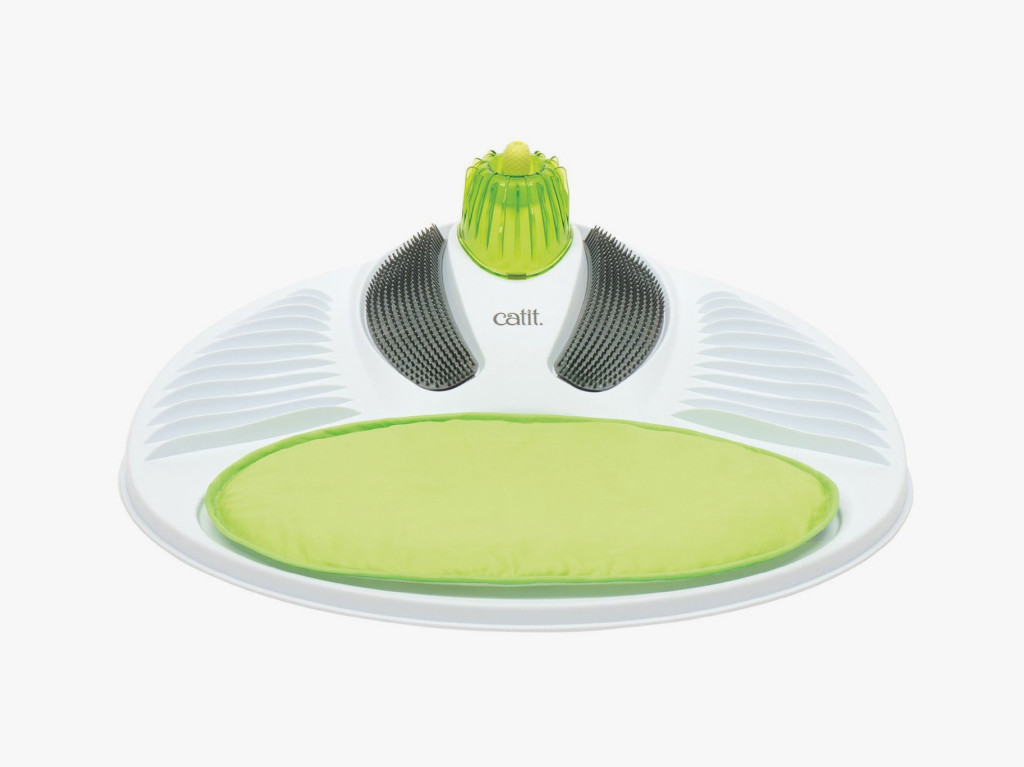

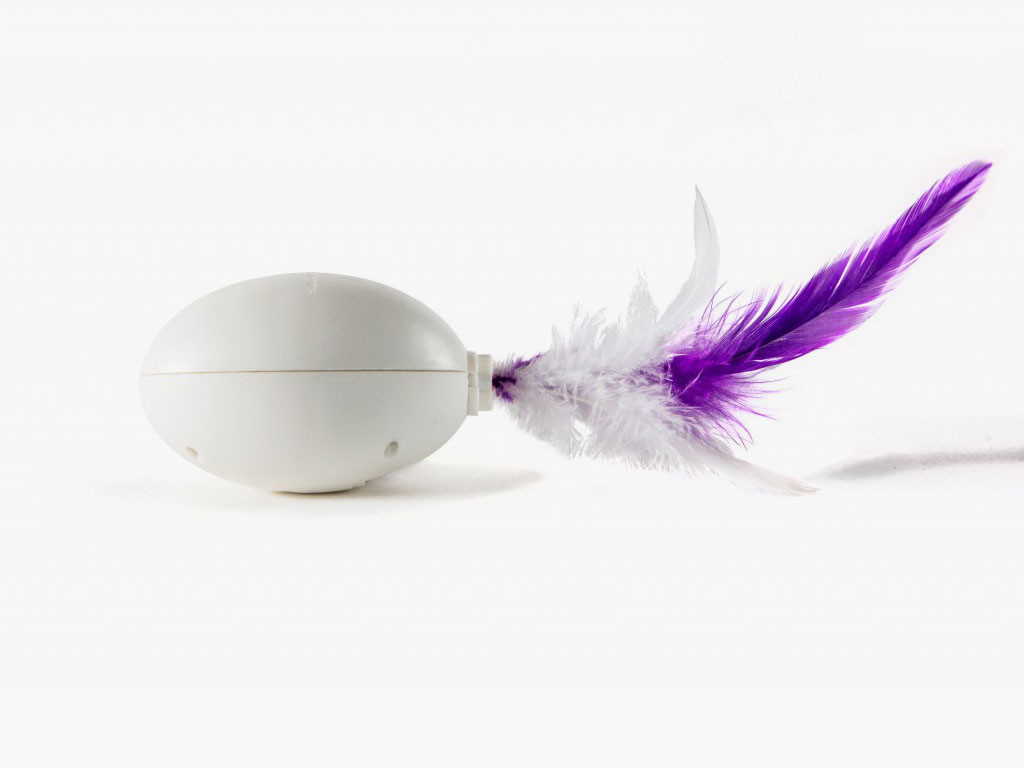

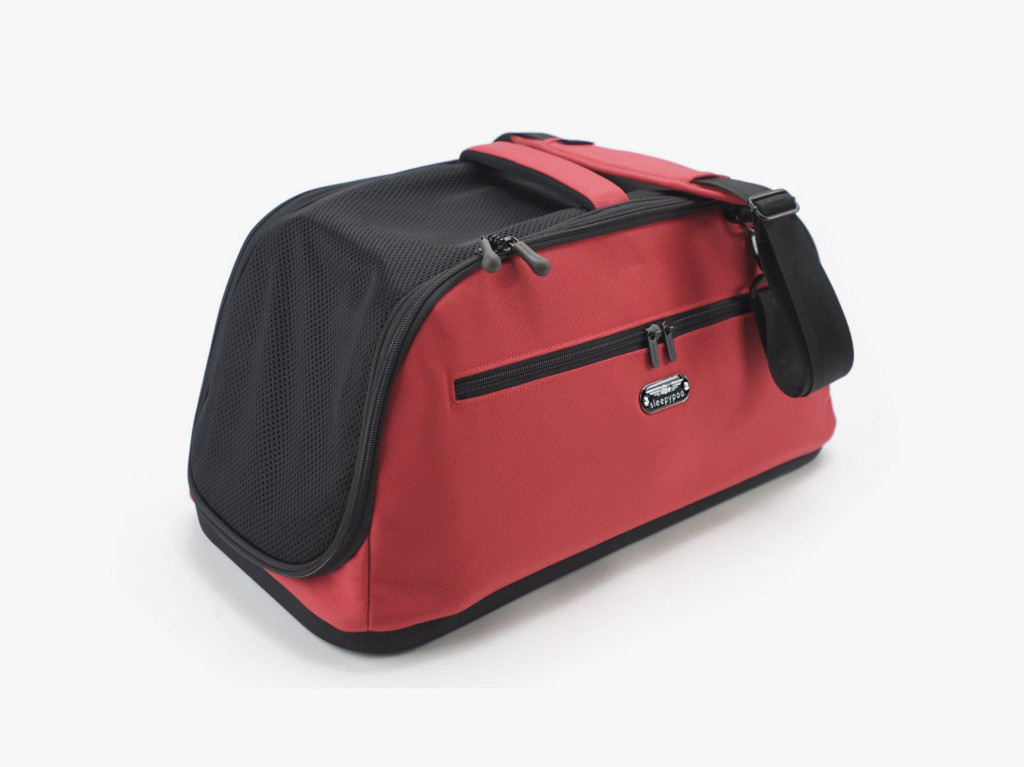
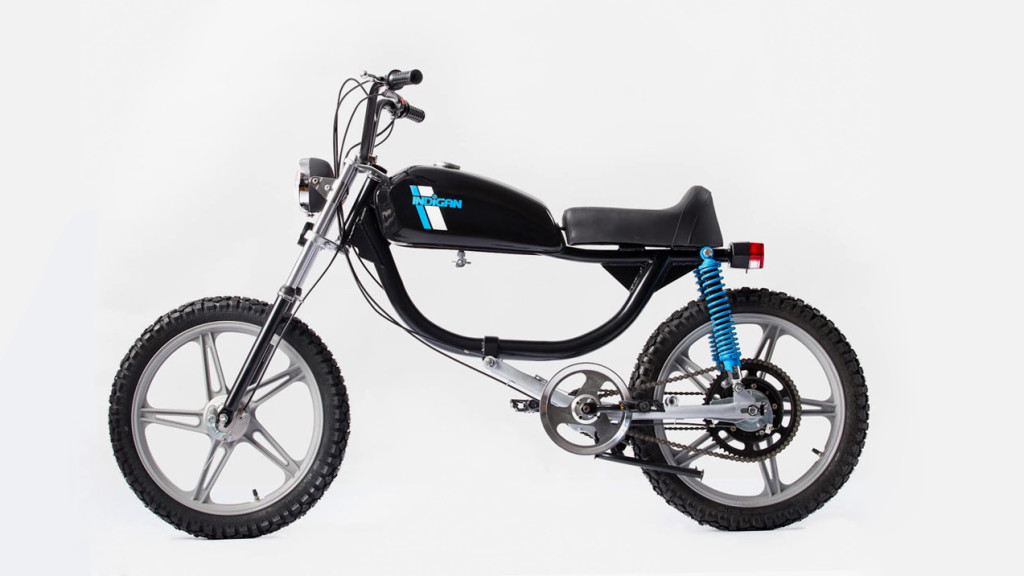

 1977 Mopeds
1977 Mopeds  1977 Mopeds
1977 Mopeds 

 Nintendo
Nintendo  Nintendo
Nintendo  James Martin/CNET
James Martin/CNET 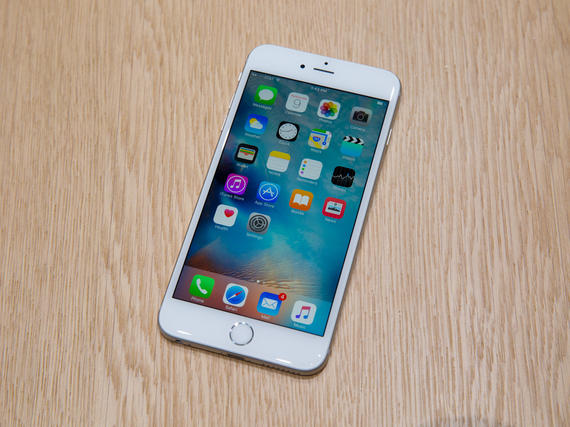 Are production issues stalling the iPhone 6S Plus? CNET
Are production issues stalling the iPhone 6S Plus? CNET  Google
Google 